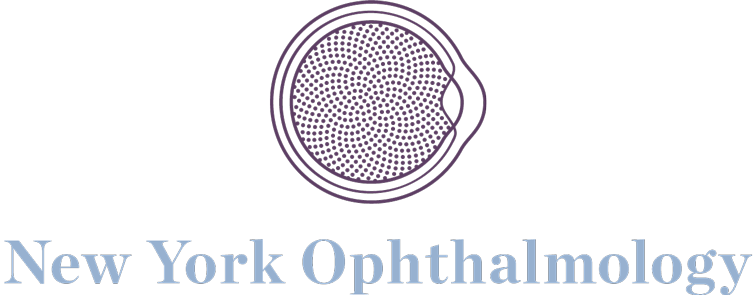Glaucoma is a serious disease. The sad part is that it has no cure and vision loss, cannot be restored. It is the world’s leading cause of blindness. Why? Because it has no symptoms in its early stages. The majority of the people with glaucoma do not know they have it!
However, timely diagnosis and treatment can help to stop further damage. You have a great chance of preserving your vision for years to come. But that’s only if you go for regular eye check-ups.
In preparation for the World Glaucoma Week, here are some answers to frequently asked questions:
What is Glaucoma?
Glaucoma occurs when fluid builds up in the front part of the eye. This extra fluid increases the pressure in your eye. This leads to damaging the optic nerve that sends images to the brain.
This increased pressure in the eye is known as intraocular pressure.
What are The Types of Glaucoma?
Primary open-angle glaucoma and Angle-closure glaucoma are the two types of Glaucoma.
Primary open-angle glaucoma – It is painless and causes no vision change at first. It happens when the eye does not drain fluid as well as it should – sort of like a clogged drain. This results in extra fluid that increases the pressure in your eye, damaging your optic nerve.
Angle-closure glaucoma – It is also known as “closed-angle glaucoma” or “narrow-angle glaucoma”. When the iris (the colored part of the eye) is very close to the drainage angle in the eye, it can end up blocking that drainage angle. Just imagine a piece of paper sliding under a sink drain and the sink gets completely blocked. When this happens, eye pressure rises very quickly. It is called an acute attack.
This kind of eye emergency should be treated on priority. Consult a doctor right away or you might go blind.
The signs of acute angle-closure Glaucoma:
- Blurry Vision
- Severe eye pain
- Headache
- Nausea
- Vomit
- Witnessing rainbow-colored rings or halos around lights
1 out of 3 people (30%) with angle-closure will have a sudden blockage, causing an attack. When angle-closure glaucoma develops slowly it is called chronic angle-closure glaucoma. Usually, it has no early symptoms, so it is difficult to diagnose until the damage is severe or has an attack.
If the Angle-closure glaucoma is not treated immediately, it can cause blindness.
Who is at Risk for Glaucoma?
Some people have a higher risk of getting glaucoma. This tends to include people:
- Over the age of 40
- Have a hereditary disorder – especially people from African or Hispanic heritage
- Have high eye pressure
- Are farsighted or nearsighted
- Have had an eye injury
- Have corneas that are thin in the center
- Have an optic nerve that’s thinning
- Have medical conditions like diabetes, migraines, poor blood circulation, or other health problems affecting the whole body
How is Glaucoma Diagnosed?
The only way to diagnose glaucoma is with a complete comprehensive eye exam. The complete evaluation is done, which includes:
- Measuring the eye pressure
- Inspection of the eye’s drainage angle
- Examine the optic nerve for damage
- Test of the peripheral (side) vision
- Capturing a picture or computer-assisted measurement of the optic nerve
How is Glaucoma Treated?
Glaucoma damage is permanent and cannot be reversed. However, appropriate medication and surgery can help to stop further damage. To treat glaucoma, the ophthalmologist may use one or more of the following treatments which include medication, laser surgery, Trabeculoplasty, Iridotomy, Operating room surgery, Trabeculectomy, Glaucoma drainage devices.
What is Your Role in Glaucoma Treatment?
Treating glaucoma successfully is a team effort. You have to work with your doctor. Your ophthalmologist will prescribe a glaucoma treatment and it is totally up to you to follow your doctor’s instructions sincerely.
Talk with a board-certified ophthalmologist about which is the best for you. If you’re looking for a consultation, feel free to contact New York Ophthalmology on the web or call us at 866-599-8774, NYC. We have 5 locations to serve patients from New York City and Long Island in Queens, the Bronx, Manhattan, and Brooklyn. We are happy to help you and provide you with comfortable, gentle, more accurate, and highly customized treatment.
This post is not intended to be medical advice. Always rely on your medical practitioners on matters related to your health.
Leave a Reply
